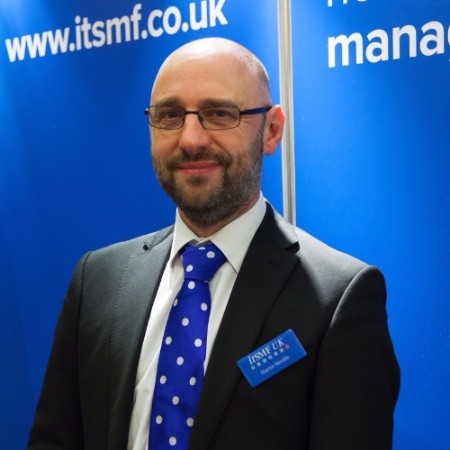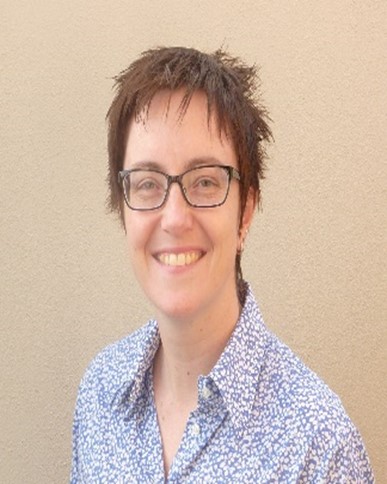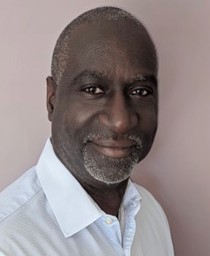The SIAM Health Assessment was created by almost 30 subject matter experts, from different location, different time zones, speaking different languages and all having different opinions and backgrounds.
Here, Martin Neville gives a better idea of how the ‘Measurement’ practice part of the assessment came together.
And we want to say a huge thanks to Martin for sharing this blog with us!
Making sure things measure up!
“If you can’t measure it, you can’t manage it” is one of the most famous and often cited quotes from Peter Drucker. It is as true with SIAM as it is with anything we do, so Measurement and Reporting was always going to be a key subject in the assessment.
What to measure though? You can pretty much measure and report on anything, so we had to zoom in on what would help manage the SIAM ecosystem and keep the business stakeholders aware of SIAM activity. Therefore, we came down to these four topics:
- SIAM performance – the bread and butter reporting of end to end service delivery
- SIAM value – business focussed reporting demonstrating the overall value of a SIAM ecosystem
- Service provider reporting – the measurement of each service provider in the SIAM ecosystem against their agreed performance levels or service agreements (as opposed to end to end delivery)
- SIAM scope – reporting the overall span of control of the SIAM ecosystem, including non-standard service providers (for example, commodity or cloud service providers with little flexibility in their offerings)
Authoring the measurement section
We were a small team, but somehow it clicked immediately. We have all had practical experience in the subject (probably why we were writing it) and the Venn diagram of our opinions had a pretty large overlap. This was unusual – in the full team meetings of everyone involved in the project there were usually five opinions for every three people on the call. This led to some lively debates, but all in the spirit of progress. Our group was different – of course we had debates, but mostly about the ‘how to word it’ rather than the ‘what we want to say’.
The methodology defines levels of maturity, from having nothing in place to being an exemplar for the industry. For us that meant that we had to work out the characteristics for each assessment level (1 to 3, with half-levels in between) and then work back to questions that would help the users identify the stage they were operating at. It is a complicated process and not an exact science. We are trying to cater to all organisations from the smallest local company to the largest multinational and therefore we needed to boil everything down to the essentials in order to make the steps applicable to all. The theory from SIAM Bodies of Knowledge was helpful here as it is also single guidance for all organisations and thus formed the basis for the assessment structure, topics, descriptions, questions and guidance.
For us, business value was a key consideration. Reporting metrics is well understood and there is a great deal of information, advice and standards out there for all to use. These are all important in managing an integration function, however to us SIAM is about delivering value to the business, so our aim is for SIAM to be reporting in terms of business value. We want you to be reporting outage in terms of lost value rather than minutes downtime and service improvements in terms of revenue rather than hours saved. This is evident in the higher levels of the assessment, which focus on the integration of the SIAM ecosystem with the business and the continuous improvement of the operating, measuring and performance. To achieve this requires a true understanding of business value streams and how SIAM contributes to them. It is not easy, but it is powerful and it enables the business to easily understand the benefit that SIAM brings to the organisation.
A few final words…
Overall, we think we have got the balance right. We have identified all the characteristics we think you should be exhibiting in your reporting but have not been too prescriptive to allow for the variations between organisations. You may well disagree (we as a team have done plenty of that) and that is healthy. We believe in continual improvement and your viewpoints can only help to develop this tool further.
The SIAM Health Assessment has combined the experiences and expertise of many into one product that can provide a snapshot of the health of your SIAM ecosystem. It provides both validation of what has already been established as well as input into areas of improvement. In short, it allows you to measure your (SIAM) success!
The team ‘crunching the numbers’
Martin, Cassie and Pat made up the Measurement Author team for the development of the content in this section of the SIAM Health Assessment. Each has unique insight and perspective in this space.

Martin Neville is a Managing Consultant in Tata Consultancy Services specialising in SIAM, Governance, Operating Models and Agility. He has been in Service Management for over 20 years and is still learning. A SIAM practitioner with practical delivery experience, Martin has been involved with the SIAM BoK from the start and is an examiner for the SIAM professional qualification.
About the other team members

Cassie Loder has over 20 years’ experience in the IT and Business Services industry, having held a variety of senior service delivery and management roles for large, iconic brand organisations. Cassie’s passion for SIAM lies in with its ability to build collaboration across diverse environments, connecting the human experience, and enabling the achievement of intended business outcomes. Cassie lives by her own values, striving to continuously improve and deliver excellence with her own performance and by the teams she leads and works with.

After leaving school at 17, Pat Williams has worked in the IT industry for the last thirty two years. He is an accredited Service Integration and Management (SIAM) practitioner and trainer as well as an ITIL Service Management expert. He has been part of the Scopism SIAM team since the writing of the Bodies of Knowledge and to help others learn how to progress iteratively was his incentive to join the assessment team.



